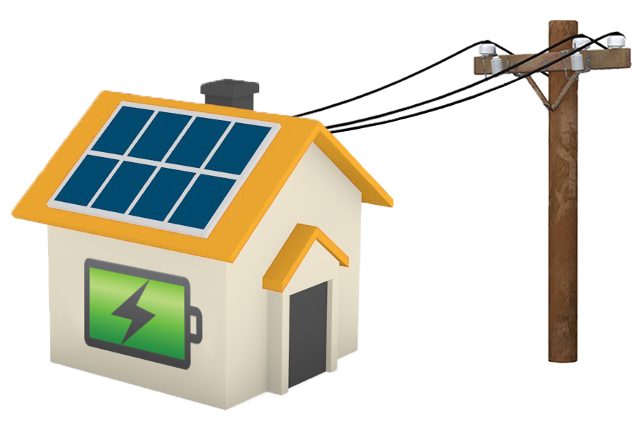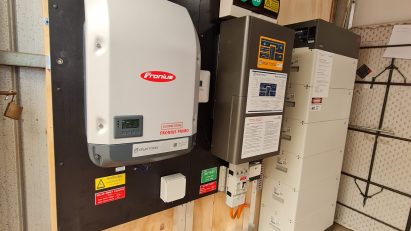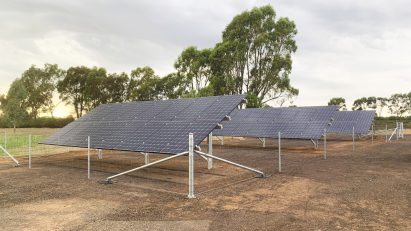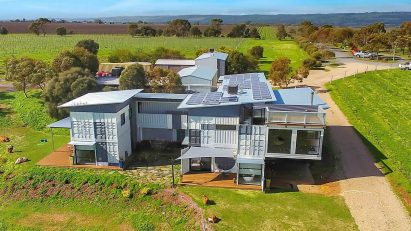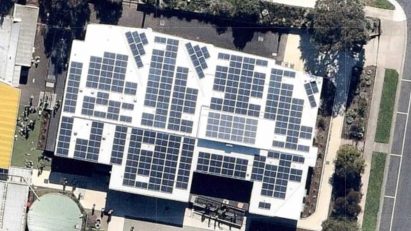Comparing Home Battery System Options
As well as this handy guide, the table below can help to compare different system designs and product abilities – to make sure you’re getting the functionality you need out of your system.
Hybrid Systems are perfect for making the most of your solar by using any excess power at night.
Our Autonomy Systems are designed to power your whole home, for true independence from the grid.
Commercial Solar and Battery Systems provide a range of benefits including grid augmentation and energy security.
| | Solar Only | Simple Solar & Battery Systems (Hybrid) | Autonomy Solar & Battery Systems |
Energy Independence level | Daytime usage only | Limited | Full independence |
Power Output | Weather dependant | Low-Medium | Medium-High |
Blackout protection | None | Selected circuits | Full protection |
Pathway to Off-Grid | Significant | Possible in some cases | Minimal |
Electricity Bill Offset | Medium | High | Total |
3 Phase Options | Yes | In some cases | Yes |
3 Phase Power Supply in Blackout | No | No | Yes |
Batteries With Solar: How Do They Work?
For on-grid storage, different brands of batteries will have different functionality. However generally speaking, a grid connect battery system works like this:
Photovoltaic (PV) solar panels convert sunlight to direct current (DC) electricity, which is then fed through the solar inverter to create usable alternating current (AC) electricity. AC electricity is then sent to the switchboard where it goes on to feed any household appliances that happen to be using electricity at the time. Any surplus generated electricity is then sent to the battery bank to recharge it, up to the maximum charge rate of the inverter/charger.
The battery inverter/charger will stop the solar system from recharging the batteries once they are full, and diverts excess solar power not required by your appliances to the mains grid via your meter, or self regulates if feed in restrictions are imposed.
When your solar system is not producing electricity, your battery bank will send power to your household appliances. If the battery bank state-of-charge level gets too low or your loads exceed the batteries maximum power output, the inverter/charger will allow electricity from the mains grid to take over or supplement.
Some battery products can continue powering selective circuits during power outages.
Grid-Connected Solar System Options
On-Grid Solar System
Your solar inverter converts DC power produced by your solar array to usable AC power which is directly connected to your switchboard and therefore powers your appliances during the day with any shortfall and night-time consumption supplemented by mains grid power. Should mains grid power fail, your solar inverter will typically cease operation until grid power is restored. Subject to your Network Provider connection approval conditions, excess solar generation can feed back into the grid which may result in monetary credit further reducing your electricity costs beyond self-consumption. This system integration typically requires a utility meter upgrade and onsite internet connection.
- Great Energy Savings
- Simple Installation
- Automated Operation
- Can Be Battery Storage Ready*
On-Grid Hybrid Solar & Battery Storage System
Your hybrid solar inverter converts DC power produced by your solar array to usable AC power which is directly connected to your switchboard powering your appliances during the day. Any surplus generation recharges your battery. Once your battery is full, excess solar generation can be exported to the grid should your Network Provider allow. Your battery discharges to supplement any solar shortfall and for your night-time consumption if stored energy is available. Mains grid power supports any solar and battery shortfall that is unable to meet your energy requirements. If mains grid power fails and your battery has charge, your battery and solar may provide a level of blackout protection powering some appliances – pending system configuration and products used.
- Extensive Energy Savings
- Great Energy Independence
- Automated Operation
- Blackout/Backup Power Support Capable*
On-Grid Autonomy Solar & Battery Storage System
Your solar inverter converts DC power produced by your solar array to usable AC power which is directly connected to your switchboard powering your appliances during the day. Any surplus generation recharges your batteries via the inverter/charger. Once your batteries are full, excess solar generation can be exported to the grid should your Network Provider allow. Your battery discharges to supplement any solar shortfall and for your night-time consumption if stored energy is available. Mains grid power supports any solar and battery shortfall that is unable to meet your energy requirements. If mains grid power fails and your battery has charge, your battery and solar provide blackout protection powering your appliances.
- Superior Energy Savings
- Higher Energy Independence
- Full Blackout/Backup Power Capable*
- Off-Grid Expandable*
How Much Battery Storage Do I Need?
How much battery storage you need will depend on a few things:
- How much grid consumption would you like to offset?
- Do you have enough surplus solar generation, or is additional solar required?
- Do you want blackout protection functionality, and at what level?
- Would you like the ability to expand, allowing you to eventually go off-grid?
Depending on your goals, there will be an ideal battery storage solution for you.
If a hybrid battery system is not quite enough for you and you’d rather have greater grid independence with the ability to expand to go ‘off-grid’ (Grid Defection), then there’s nothing stopping you – chat to us about the ideal Autonomy System option for you. We will ensure you have the right technology, design, and capacities without compromising your lifestyle and power supply with or without grid support.
Autonomy and true Off-Grid Systems have important differences to Grid Hybrid Battery Systems, and are more expensive. Check out our Off-Grid Systems page, or get in touch to discuss your options.
Here are some further considerations:
- how much energy you consume at night (especially in winter) tells you how much storage you will need
- you will also need enough ‘spare’ solar to fully recharge that amount of storage
- if you already have solar, then how much you’ve been exporting to the grid during winter probably tells you how much battery capacity to buy (any more and you won’t have enough solar to recharge it for part of the year anyway)
Contact us today on 1300 334 839 or email info@offgridenergy.com.au
